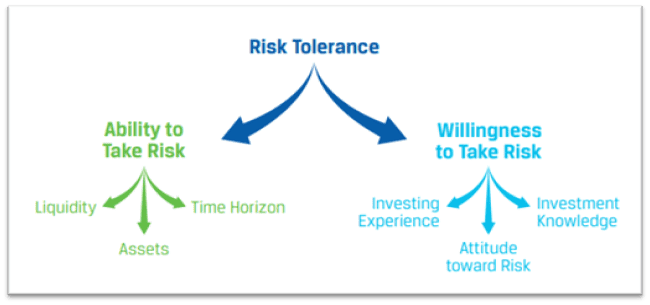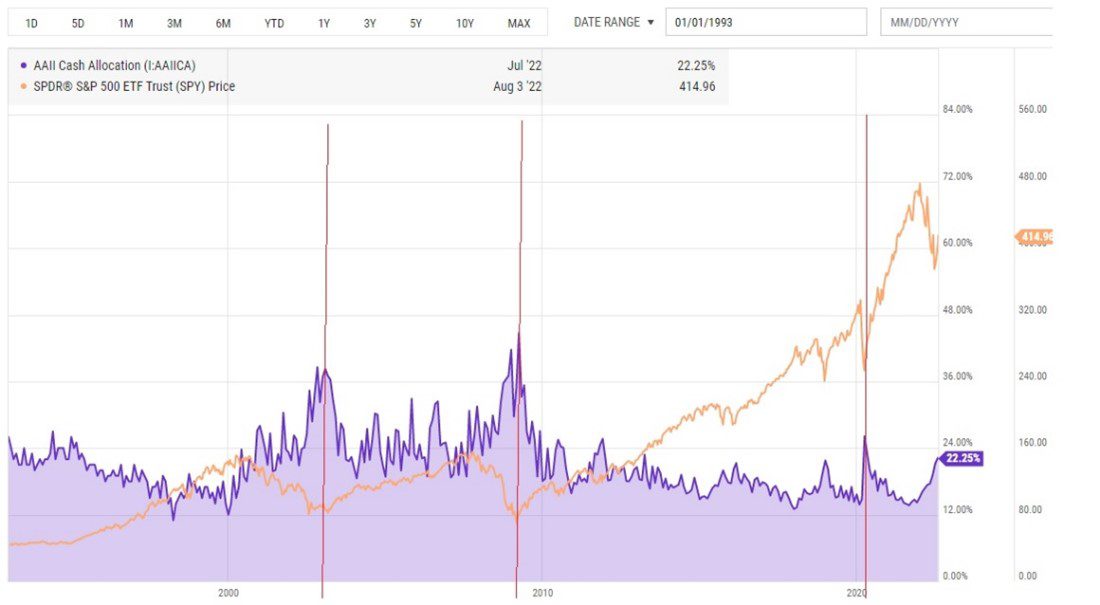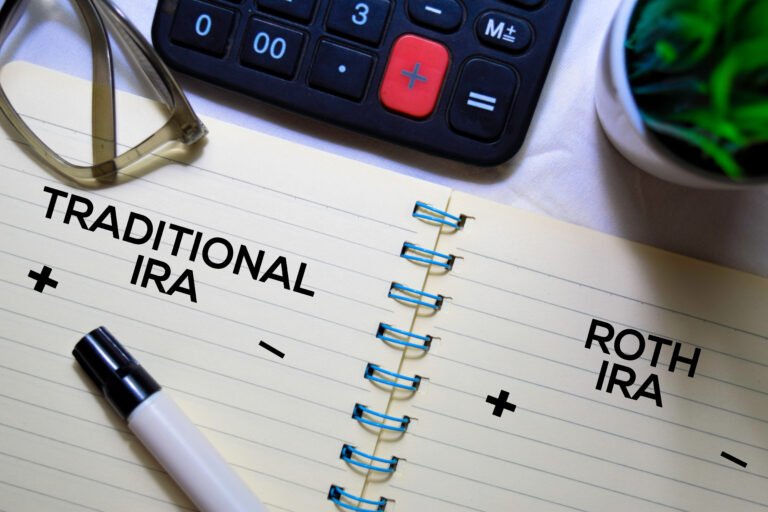This is Part 2 of my series on common investor mistakes. In Part 1, I went into detail about the common investor mistake of Emotional Trading. This blog expands on that topic by talking about risk tolerance and portfolio construction which can influence people making emotional trading decisions.
First, let us start by defining risk tolerance. Risk tolerance can be split into two categories:
- Ability to take risk
AND
- Willingness to take risk
Your ability to take risk is a more objective measure than your willingness to take risk. It uses factors such as liquidity, time horizon (age), income stability, dependents, and required return needed to meet your goals. Willingness to take risk is much more subjective and can be determined through an analysis of your psychological profile.

We have seen all kinds of mistakes when it comes to risk tolerance and portfolio allocation. Here are some of the more common mistakes we see:
Setting the wrong strategic asset allocation by overestimating your willingness to take risk.
Depending on the timing of when someone takes a risk analysis questionnaire, their willingness to take risk will likely change. If you have someone take a risk analysis questionnaire after a downturn in the market, you will find that their “risk score” will be lower than if they took the same questionnaire after a long bull-market. This can potentially lead to setting a strategic asset allocation that is too aggressive or too defensive.
Not committing to the original strategic asset allocation for at least several years.
Typically, we find people questioning their asset allocation after a long bull market or during a volatile down period in the market. After a long bull-market, people often feel confident and want to get more aggressive. Conversely, during a volatile down period, people start questioning why they are taking so much risk. Once you work through and determine your strategic asset allocation, it is best to stick with that asset allocation during extremes and only make changes after those extremes have passed.
Many people say they are waiting for the market to go down before getting more aggressive by increasing their equity percentage and investing built up cash. This makes a lot of sense. Ironically, history tells us that we see just the opposite. Below you can see that cash levels increase and peak when the market is bottoming out – the exact opposite of what you should do. Even though people say they will do one thing, it is much harder to do in real time and most do not follow through. Some of the best investments are made when you are sick to your stomach while hitting the “buy button.”

Ignoring your need to take risk given your stated goals.
One factor that needs to be included in your asset allocation decision is the need to take risk. It is straight forward. If you determine you do not need to take your personal max willingness to take risk and can de-risk your portfolio while still meeting your goals, why take it? Why take the risk if you have determined you do not have to?
Ignoring risk and not properly diversifying and/or not rebalancing the portfolio
Being properly diversified sounds quite easy but being diversified intuitively means owning assets that are not always doing the best. It also means owning assets that might be going down while others are going up. Think about that for a second. If you are properly diversified, you should have assets that are lagging. This can be hard for people to accept. You also need to rebalance the portfolio on a regular basis, which means adding to positions that are doing poorly. Again, it sounds easy in practice but when the time comes to rebalance and buy into an asset class that looks bad, most people do the opposite and sell. That leads to a portfolio which becomes too concentrated and too risky. We have a great blog that goes much more in depth on diversification which you can read here. There is a paragraph in that blog which I think does an excellent job of explaining this diversification and risk mistake we commonly see.
“While diversification is sensible and prudent, that does not mean a portfolio with diversification is superior to one without diversification. For an investor with clear clairvoyance and tolerance/willingness to lose it all, diversification is a hindrance on return. This investor does not need to defend against price volatility.”
Bottom Line
Setting your strategic asset allocation is a crucial decision and one that should be done with some thought. Once you set your strategic asset allocation, it is important to stick with it. If you feel like your risk tolerance has changed or you are taking too much or too little risk, make those changes only after volatility has passed. Lastly, you should rebalance your portfolio on a systematic basis which means adding to your losers and selling your winners over time.



